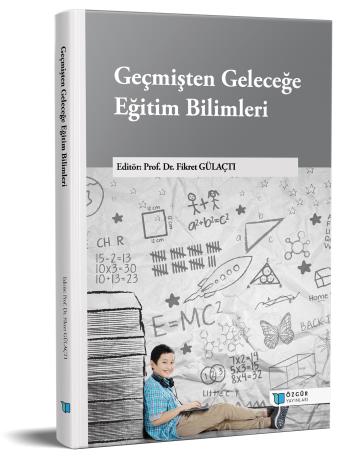
The Negativities Encountered in the Educational Environment and Suggestions for Solutions
Chapter from the book:
Gülaçtı,
F.
(ed.)
2024.
Educational Sciences from Past to Future.
Synopsis
While many undesirable negative behavior patterns emerge in the educational environment, bullying behavior is one of the most important of these behavior patterns. Bullying is defined as the intentional harming of another person and the repetition of this situation in a continuous manner (Olweus, 1997). Peer bullying is a type of bullying and its definition is as follows: It refers to the repetitive, intentional negative actions carried out by one or more students towards someone who is weaker than them (Olweus, 2010). While many factors can cause peer bullying behavior, the primary aim of the study is to examine the potential relationship between the variable of attachment styles to parents and experiencing peer bullying, and to determine whether there is a significant relationship between them. It has been observed that the relationship between attachment styles and peer bullying has been examined in the studies, but mostly those who bullied peers were taken into consideration and solutions were offered for this situation.In this study, both groups (bully-victim) have been included, and specifically for the victim group, comprehensive solution proposals involving parents, teachers, and students have been provided. The datas were collected from students at all grade levels studying in four different high school types in a province in the Eastern Anatolia Region in the period 2023-2024. The sample of the study consisted of 443 students in total, but 43 students' data were excluded from the evaluation due to incomplete or incorrect data entry as a result of the application, and a total of 400 people, 212 female and 188 male students, were studied. In the study, the Personal Information Form, prepared to determine demographic information, the 'Three-Dimensional Attachment Styles Scale' developed by Erzen (2016), the 'Scale for Identifying Victims of Peer Bullying' adapted into Turkish by Gültekin and Sayıl (2005), and the 'Peer Bullying Identification Scale' prepared by Uludağlı and Uçanok (2005) were used. Descriptive and inferential statistical techniques were used to analyze the data. Correlation analysis was used to determine the relationship between attachment styles and bullying and victimization; t-test and anova test were used to determine whether there was a difference in bullying and victimization scores according to gender, high school type and perceived parental attitude. According to the results obtained from the data, a significant negative relationship was found between secure attachment, one of the sub-dimensions of the “Three-Dimensional Attachment Styles Scale”, and peer bullying and being victimized by peer bullying; a positive relationship was found between anxious/ambivalent and avoidant attachment styles and bullying and being victimized by peer bullying. It was found that victimization and bullying scores differed according to gender and high school type, and bullying scores differed according to perceived parental attitude.

